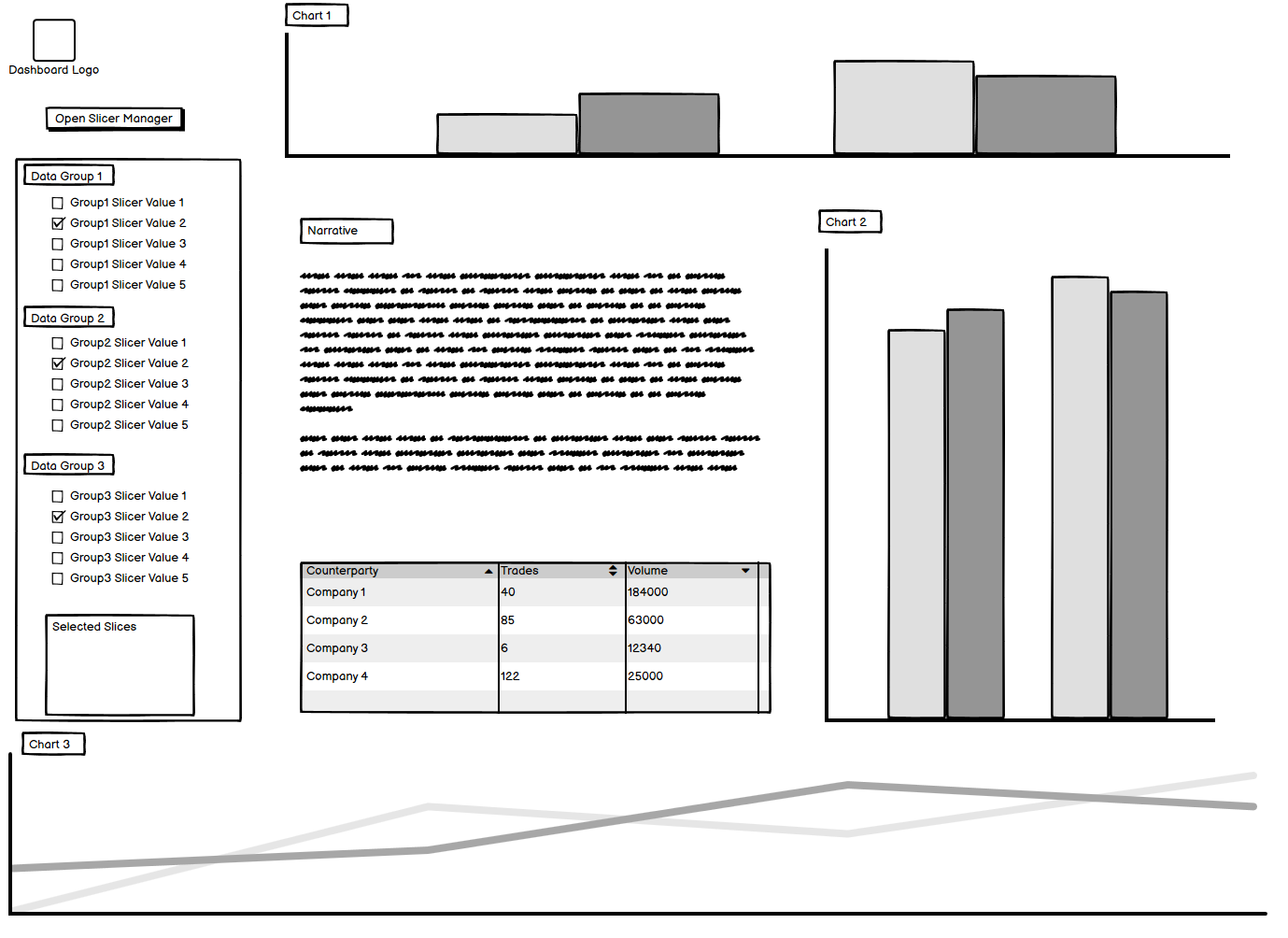Development
In this digital age, setting the right data questions can define the overall success of a business. End-users are always looking for new ways to answer these questions. Modern analytical reporting software, leverages the RAM capacities and flash storage speeds of today’s computers, to become one of the tools a business invests in to help define the answers to these questions.
Requirements
When developing a reporting solution, understanding the end user requirement is the critical first step. Additional steps before prototyping include how to source the necessary data, where you should query, transform and cleanse the data, where to create any data aggregations and calculations and how and when this data should be represented to the end-user.
Use of the 5W1H method in report design can help in understanding the requirements.

Who are the stakeholders and end-users that will benefit from the completed report?
What information this report needs to cover? This is the first question that starts to define the scope of the report and creates a clearer picture of the necessary tasks involved in delivering the end result.
Why this report is required? Some IT projects can miss this question when they’ve had little or no evaluation or even have a weak business case justification. Focusing on this question will allow you to understand the drivers and benefits of the project, allowing a deliverable solution to the benefit of end-users.
Where this report will live and methods of access? Global environments can mean differing requirements across regions. Potential changes to infrastrucure to support the creation and delivery of the report will need to be understood.
When this report will need to be delivered? Sometimes this question gets asked before the who, what and why because stakeholders can focus on the end game before an understanding of the work involved to get there is understood.
How to design this report? There are numerous ways to keep end-users in the loop throughout the development phases. A good raport and making good use of their time by continual communication and processing their feedback will minimize ‘show stoppers’ along the way.
Prototyping
Development of the actual report is a staged process including:
- Build a wireframe mock-up.
- Creation of a basic prototype to explore ideas and get feedback from end-users and business stakeholders.
- Design of a data model to build the report upon.
- Build of a working proof-of-concept to frame the solution.
- Completing a production-scale solution.
- Iterative enhancements & releases.
Very early wireframe mock-up of the trading analysis dashboard using Balsamiq Wireframes. The chart content hasn’t been detailed at this stage.
The benefits of working with end-users when making the wireframe, is you immediatly get a sense of how the dashboard elements should be sized and positioned. The relative size of an element can indicate the role it plays in the dashboard.

A subsequent revision of the wireframe allows clear labeling of visualizations.
One of the main benefits of a wireframe is that it helps create a consensus among end-users of the the solution to be delivered.

